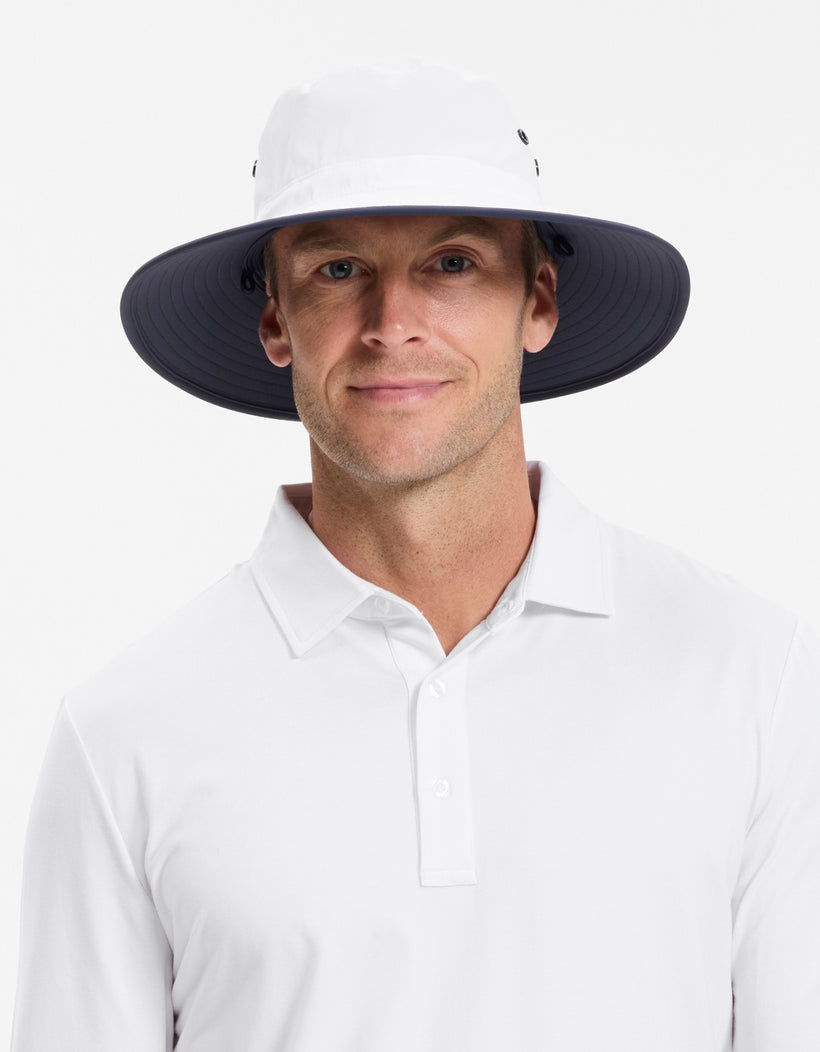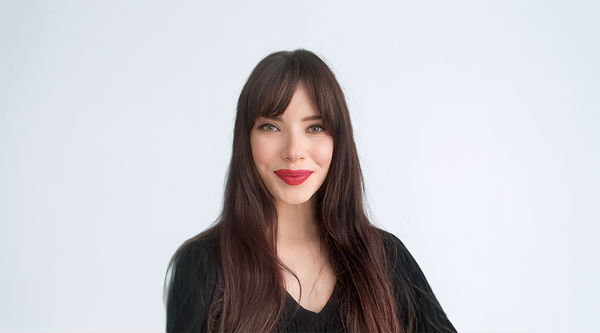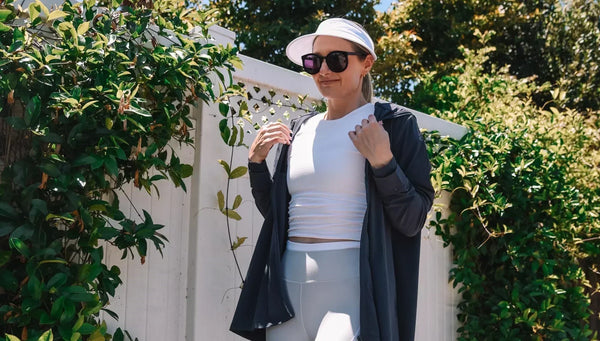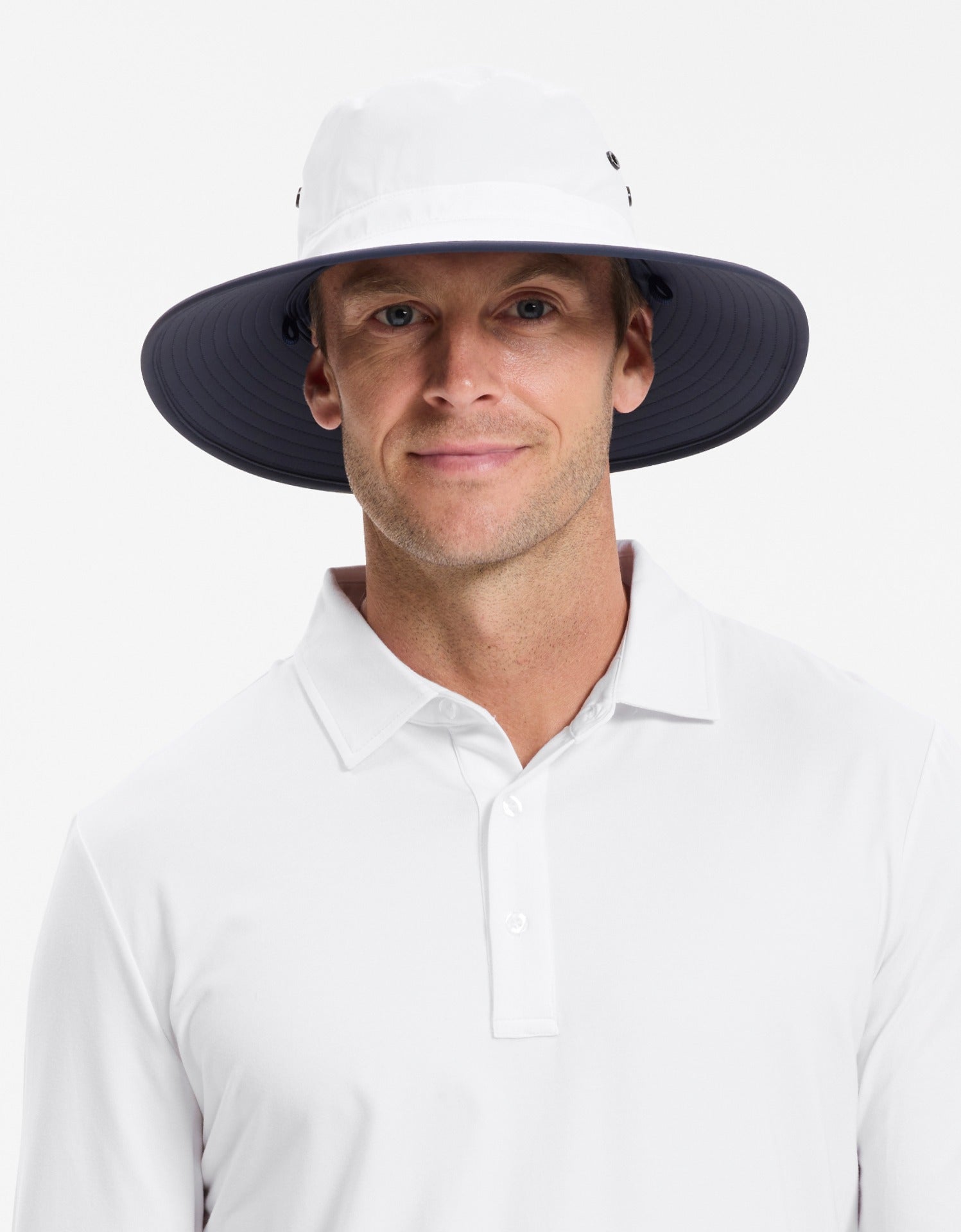Skin cancer: the basics

What is skin cancer?
UV rays from the sun damage the cells in the upper level of your skin. Your skin cells aggregate to protect themselves from harmful UV radiation and are often represented in a harmless or benign mole. However, in some cases, the skin cells mutate, evolve irregularly, and become malignant or cancerous. These cancerous cells may then spread beyond your skin to other body parts.
Skin cancers are named after the skin cell types that they originate from:
Basal cell carcinoma - The most common and least dangerous skin cancer.
Squamous cell carcinoma - Not as dangerous as melanoma, but can spread to other body parts.
Melanoma - The least common but the most dangerous form of skin cancer.
What causes skin cancer?
Over 95% of skin cancers are caused by cumulative exposure to sunlight or UV radiation.
How common is skin cancer?
Skin cancer is one of the most common forms of cancer in Australia, with over 1 million cases treated every year. 2 in 3 Australians will get skin cancer by the age of 70. Sadly, more than 2,000 people will die of skin cancer each year.
Who is at risk of getting skin cancer?
People with type 1 skin are most at risk of getting skin cancer. A person with Type 1 skin is someone who has a pale complexion, always burns if they are exposed to sunlight. A person with type 1 skin is likely to include people with blonde or reddish hair, blue or green eyes.
It is important to note that skin cancer is not limited to people with fair skin. Anyone who is routinely exposed to the sun is particularly at risk of getting skin cancer, which is why the incidence rate of skin cancer is so high in Australia.
How do I know if I have skin cancer or not?
It is important to proactively manage your skin health by performing a self examination of your skin, as early detection of skin cancer materially improves survival rates. Knowing your own skin will allow you to monitor changes over time.
If you have a type 1 skin profile, there is a history of skin cancer in your family, or you have had issues in the past, you should get a skin cancer check every 12-18 months. Anyone else should look to have a routine skin cancer check every 24 months or so.
However, irrespective of your skin type or how regularly you are exposed to the sun, if you have a specific concern about your skin, you should arrange to see a medical professional as soon as you can.
If your medical professional identifies a potential skin cancer they will discuss the need to remove the lesion for further examination under a microscope. The pathologist will determine whether the skin cancer is benign or malignant and if anything else needs to be done once it is removed.
How is skin cancer treated?
Most skin cancers are removed with minor surgery under local anaesthetic. Depending on the size of the tumour, the surgery is likely to result in some body scarring or disfigurement. If the skin cancer has spread beyond the upper level of the skin more targeted and ongoing treatments may be required.
What is the survival rate for skin cancer?
The survival rate for non-melanoma skin cancer is very high. The survival rate for melanoma skin cancer is high if detected early. The survival rate for melanoma skin cancer falls significantly if it becomes more advanced.
Research undertaken by the Cancer Council indicated that the 5-year survival rate overall for melanoma skin cancer is around 90% in Australia. However, the same research indicated that the 5 year survival rate for someone with a tumour which is thicker than 4mm is 50-60%.
However, one shouldn’t get complacent because the survival rate is high. Too many people die from skin cancer, around 2,000 Australians each year.
It is also worth noting that the survival rates for skin cancer in Australia are higher than in most Countries because of the level of education about skin cancer, the culture of self-examination and getting regular skin checks.
How can I prevent skin cancer?
Limiting exposure to sunlight is the best way to prevent skin cancer. The best way to do this is to avoid going outside on days when there is a high UV index, particularly between the hours of 10am and 4pm. Should you need to go outside, you should wear UPF 50+ sun protective clothing and a broad-brim hat and use a broad spectrum (UVA & UVB) sunscreen with an SPF 50+.
Sun protective clothing is clothing that uses fabrics which have been tested and rated with a UPF rating. UPF is short for the Ultraviolet Protection Factor and the rating describes the amount of UV that can penetrate the fabric. A fabric with a UPF of 5 means that 20% of UV can penetrate the fabric, whereas a UPF of 50 means that only 2% of UV can penetrate the fabric. UPF 50+ is the highest rating achievable in Australia, this means at least 98% of UV is blocked when you have this rating.
Sun protection, UV clothing, or UPF clothing as it is often known, is the first line of defence against skin ageing, sunburn and melanoma skin cancer.
Solbari Sun Protection is the leading Australian sun protective clothing brand in Australia with customers in over 160 countries. Solbari offers an award-winning range of UPF 50+ sun protective clothing, broad-brim sun hats, arm sleeves and umbrellas.












